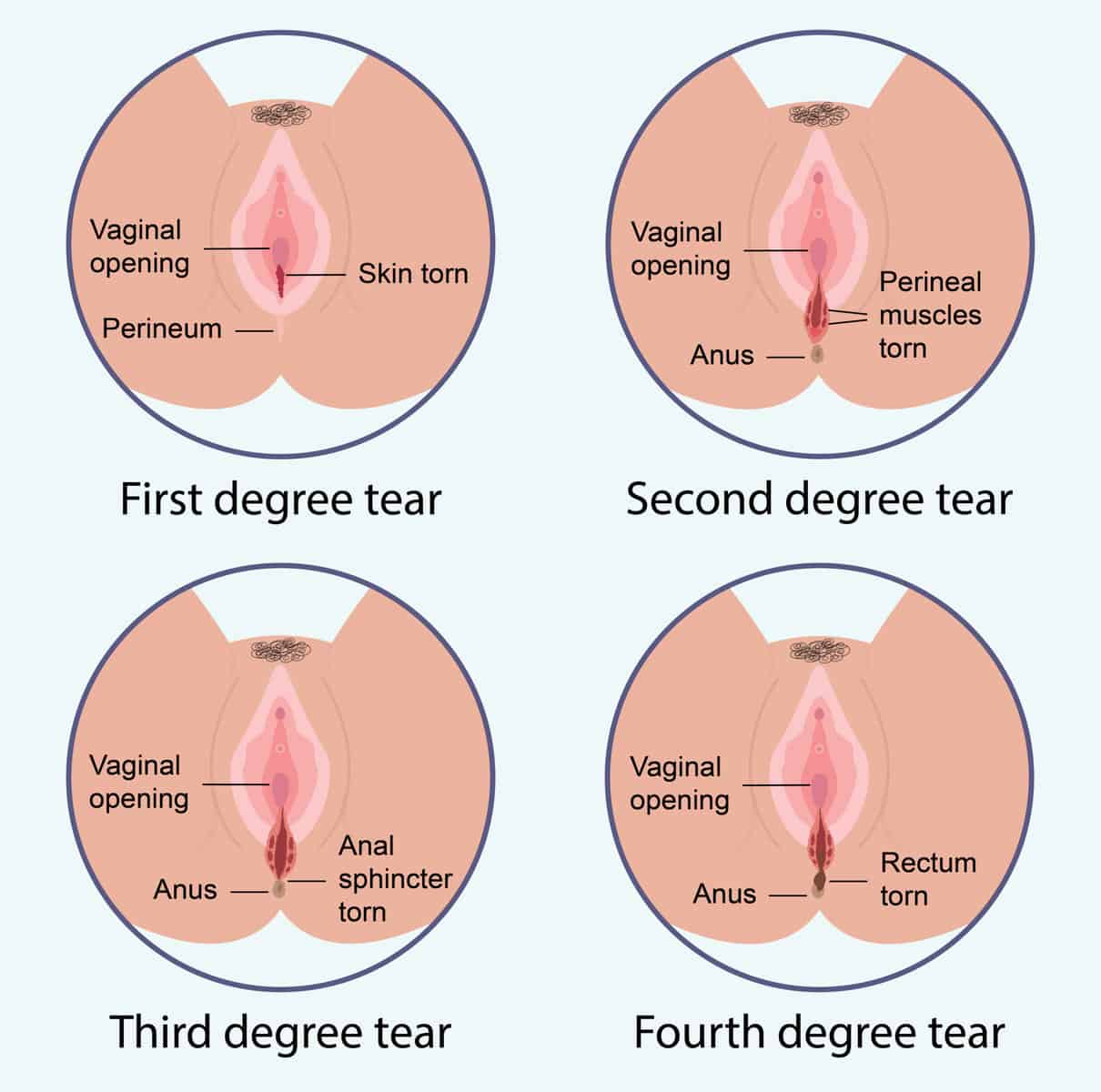Understanding 3rd Degree Tear during Childbirth: A Parent’s Guide
Hello there, amazing parents-to-be! If you’re eagerly awaiting the arrival of your little bundle of joy, you undoubtedly want to be prepared for everything that childbirth might bring along. While most of the focus often goes into the excitement of meeting your baby, it’s important to discuss and understand the nitty-gritty details, like potential childbirth injuries — specifically, 3rd degree perineal tears. Now, take a deep breath, and let’s gently delve into what they are, how they’re treated, and what recovery looks like.
What is a 3rd Degree Tear?
The journey your body takes through pregnancy and childbirth is nothing short of miraculous. However, bringing new life into the world sometimes comes with challenging experiences. One such experience can be a perineal tear, which occurs when the skin and the tissues around the vagina tear during delivery. Specifically, 3rd degree tears involve a tear that extends into the muscles that control the anal sphincter, the muscles near the rectum.
It’s vital to know that while this may sound alarming, you’re not alone: many women experience perineal tears to some degree during vaginal birth. They are common, especially amongst first-time moms, and with proper care, they heal well.
Recognizing and Treating 3rd Degree Tears
A key to handling perineal tears starts with recognizing them. Your healthcare provider will examine you after delivery to identify the tear’s extent and provide immediate treatment, usually involving stitches. It’s important for these tears to be sutured by a skilled practitioner to ensure they heal properly and to avoid any long-term issues.
Prevention and Risk Factors
Preventing a perineal tear entirely may not be possible, but understanding the risk factors and preventative measures can be empowering! Factors that may increase the likelihood of experiencing a 3rd degree tear include having a larger-than-average baby, a particularly fast delivery, or opting for assisted delivery – think forceps or vacuum. While some of these are out of your control, there are proactive steps you can take like perineal massages in the weeks leading up to labor to help reduce your risk.
The Recovery Process
Recovery from a 3rd degree tear can take a few weeks to a few months, and it’s crucial to consistently follow your healthcare provider’s advice. Proper hygiene, monitoring for signs of infection, and pain management are all part of the recovery journey. It’s okay to be patient with your body as it heals. And don’t forget, you are not just a patient during this time; you’re also a new parent. Balancing recovery and caring for your newborn can be a lot, so remember to seek support and accept help when needed.
Soothing Discomfort and Pain Relief Methods
There will be discomfort, but there are many strategies to soothe it. Things such as ice packs, sitz baths, and prescribed medications can help manage pain and promote healing. Your comfort is paramount, so finding what works for your body is important.
Stay tuned as we explore each of these topics in more detail, offering practical advice and emotional support as you navigate your postpartum healing journey with a 3rd degree tear. Whether it’s your first or fourth time, knowledge is power, and we’re here to power up your parenting preparation!

Understanding 3rd Degree Tear during Childbirth: A Parent’s Guide
Welcome to this journey of parenthood! As you embark on this beautiful, transformative adventure of bringing a new life into the world, it’s important to be well-informed about everything, including some of the less talked about aspects of childbirth, like 3rd degree perineal tears. With a dash of knowledge and a sprinkle of preparation, you’ll feel ready to tackle whatever comes your way. So, let’s learn about these tears—knowing what to expect and how to heal is half the battle won!
5 Things Every Parent Should Know When Preparing for a 3rd Degree Tear Birth
1. What Exactly is a 3rd Degree Tear?
Motherhood comes with so many wonders; it’s a heroic act of love from start to finish. In the process, a 3rd degree tear refers to a significant laceration that extends through the perineum, affecting the skin, vaginal tissue, and muscles around the anus. Though it might sound scary, it’s a condition that can be effectively managed with excellent medical care.
2. Identifying Potential Risk Factors
Armed with knowledge, you can look out for factors that may predispose you to a 3rd degree tear. These include having your first vaginal birth, delivering a larger baby, or if interventions like forceps are used. Although some risk factors are not modifiable, awareness is crucial so you can discuss them with your healthcare provider.
3. What Are the Prevention Strategies?
Frankly, preventing a tear might not be fully possible, but you’ve got options to potentially reduce the risk! Engage in prenatal exercises that strengthen your pelvic floor, consider perineal massage closer to your due date, and discuss birthing positions with your healthcare provider that minimize strain on the perineum.
4. Treatment & Immediate Postpartum Care
Should a 3rd degree tear occur, rest assured, it can be repaired. Prompt treatment involves suturing the tear, usually just after delivery. It’s handled with tenderness and expertise by your medical team. Immediately after, it’s all about keeping the area clean, managing pain, and allowing yourself plenty of rest to kickstart healing.
5. The Recovery Timeline
Recovery time can vary from several weeks to a few months. Each day can bring improvement, and throughout the process, it’s key to follow your doctor’s instructions. Watch for any signs of complications and take care to balance your personal recovery with bonding and caring for your newborn.
Caring for Yourself During Recovery
Postpartum recovery, especially with a 3rd degree tear, is a delicate time. Focus on self-care strategies like using ice packs to reduce swelling and sitz baths for comfort. Your healthcare provider might also suggest pain relief medications or creams to aid the healing process. Remember, taking care of you is taking care of baby!
Seeking Support and Assistance
Lean on family, friends, and perhaps even professional help. Now’s the time to embrace the village it takes to raise a child—starting with you. Whether it’s assistance with household tasks, meal preparation, or simply holding your baby while you rest, accept the help offered with open arms.
Remember, dear parents, childbirth is a single step in the marathon of parenting. Understanding potential challenges like 3rd degree tears and arming yourself with knowledge and a support system can transform your recovery experience into one that’s manageable and more comfortable. Embrace the journey with confidence and love—you’ve got this!
See more great Things to Do with Kids in New Zealand here. For more information see here
Disclaimer
The articles available via our website provide general information only and we strongly urge readers to exercise caution and conduct their own thorough research and fact-checking. The information presented should not be taken as absolute truth, and, to the maximum extent permitted by law, we will not be held liable for any inaccuracies or errors in the content. It is essential for individuals to independently verify and validate the information before making any decisions or taking any actions based on the articles.




